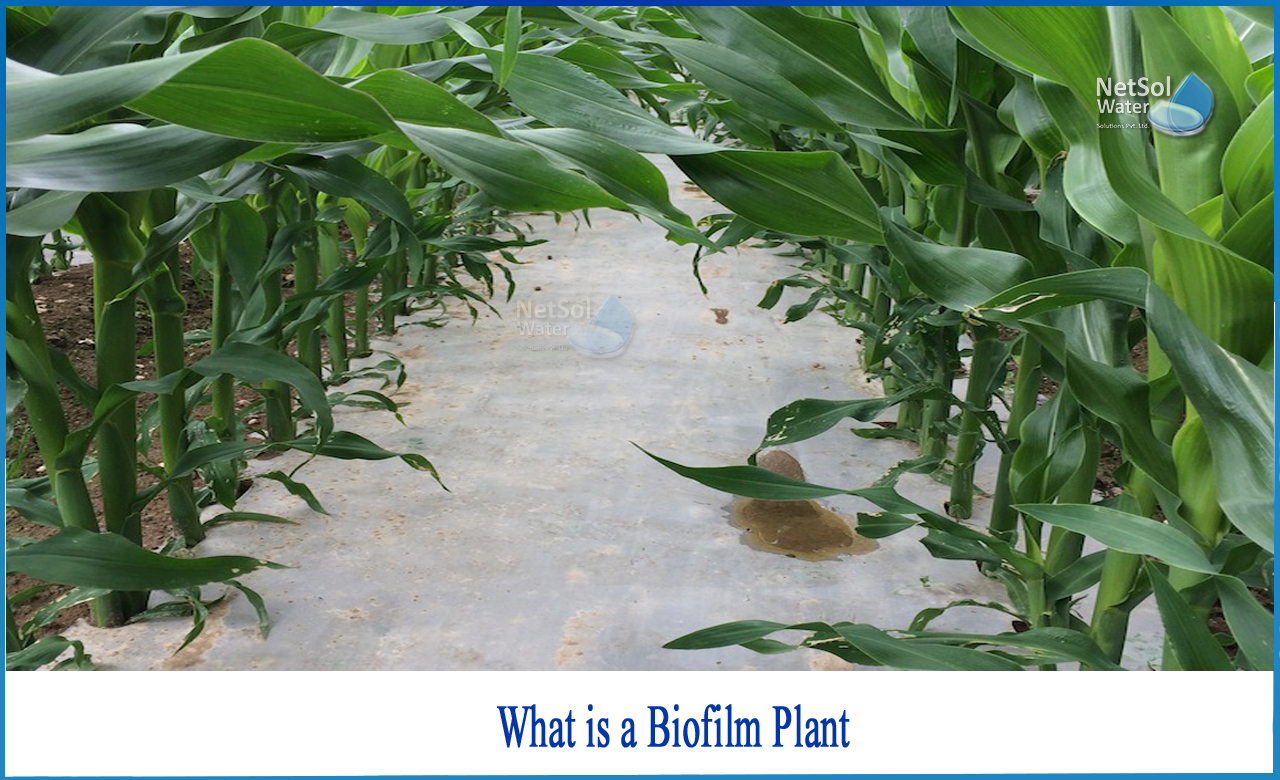What is a Biofilm plant?
A biofilm is a collection of microbial cells encased in a matrix of bacterial self-generated extracellular polymeric substances (EPSs) that are permanently attached to a surface.
Development of a biofilm
The formation of biofilms is divided into five stages:
(1) Initial attachment of planktonic microorganisms following exposure of a surface to an aqueous medium;
(2)Irreversible adhesion following the production of microorganism-mediated EPSs, in which polyhydroxyl groups in EPSs colonise bacteria to the surface via hydrogen bonding;
(3) The replication of early colonisers results in the establishment of monolayer microcolonies on the fixed surface.
(4) Development of biofilm into a three-dimensional pattern by incorporating trash from the surrounding environment and using new planktonic microorganisms
(5) Active and passive procedures by which sessile, matrix-encased biofilm cells transform to freely swimming planktonic bacteria via quorum sensing (QS) or a cell-to-cell signalling mechanism.
Biofilms in waste water
Biofilm system is a well-developed technology in which solid media is added to suspended growth reactors to provide attachment surfaces for biofilms. In order to increase microbial concentration and rates of contaminant degradation, biofilms take advantage of a number of elimination mechanisms, such as biodegradation, bioaccumulation, biosorption, and biomineralization.
Different nutrients, such as phosphorus and nitrogen-containing chemicals, carbonaceous materials, and trapped pathogens from the wastewater, are broken down by the microbial populations in the biofilm. The purified water from a biofilter is either released into the environment or used for agricultural and other recreational activities once pollutants have been eliminated.
Advantages of a biofilm
Biofilm systems have several advantages, including operational flexibility, low space requirements, reduced hydraulic retention time, environmental resilience, increased biomass residence time, high active biomass concentration, improved ability to degrade recalcitrant compounds, and a slower microbial growth rate, resulting in lower sludge production.
Development of a biofilm on different filter media
The core unit of attachment growth wastewater treatment methods is the packing or filter medium. It gives a surface for the biofilm to grow on.
The filter media must be long-lasting, insoluble, and chemically resistant. It is chosen based on size, porosity, density, and chemical and erosion resistance. The ideal medium has a large specific surface area, is inexpensive, and has appropriate porosity to prevent clogging and encourage airflow. The hydrodynamic conditions in the reactor are influenced by the surface area and shape of the support materials, which affects biofilm growth and, in turn, wastewater treatment. Various synthetic and natural materials have been used in the past.
In fixed biofilm reactors for wastewater treatment, researchers have employed polystyrene, polypropylene, tire-derived rubber, and pebbles as bio-filter media. The chemical composition of the filter media is extremely important in terms of its compatibility with emerging biofilms; its elemental content should be assessed.
Different spectroscopic techniques, like as X-ray, photoelectron spectroscopy (XPS) and energy-dispersive X-ray spectroscopy, can be used to detect and quantify the components in a filter media. It determines the elemental makeup of a substance in parts per thousand, empirical formulae, chemical state, and electronic state of the elements present.
Conclusion
Biofilm-based systems have potential advantages. Knowledge of the composition of filter media and the development of biofilms is essential for properly designing these biofilm wastewater treatment systems.
Spectroscopic techniques can be used to determine the composition and quantities of different components in filter media. To improve the performance, stability, and robustness of biofilm reactors, advanced techniques such as microbial sequencing, clone library generation, genetic fingerprinting, DNA microarray, denaturant gradient electrophoresis (DGGE), and next-generation sequencing (NGS) are used to profile the entire biofilm community.
Netsol Water is Greater Noida-based leading water & wastewater treatment plant manufacturer. We are industry's most demanding company based on client review and work quality. We are known as best commercial RO plant manufacturers, industrial RO plant manufacturer, sewage treatment plant manufacturer, Water Softener Plant Manufacturers and effluent treatment plant manufacturers. Apart from this 24x7 customer support is our USP. Call on +91-9650608473, or write us at enquiry@netsolwater.com for any support, inquiry or product-purchase related query.



